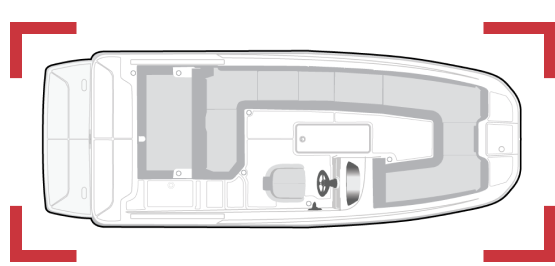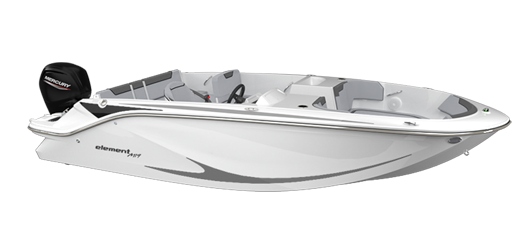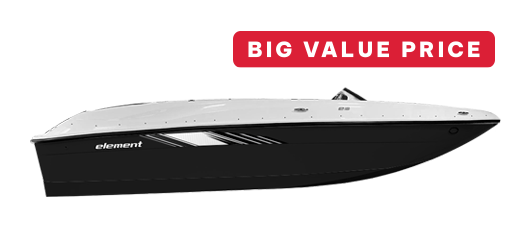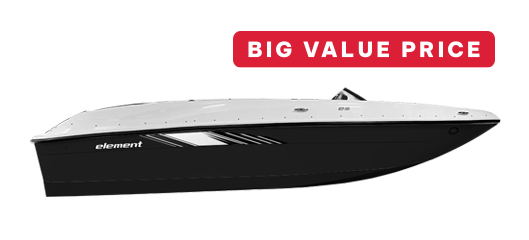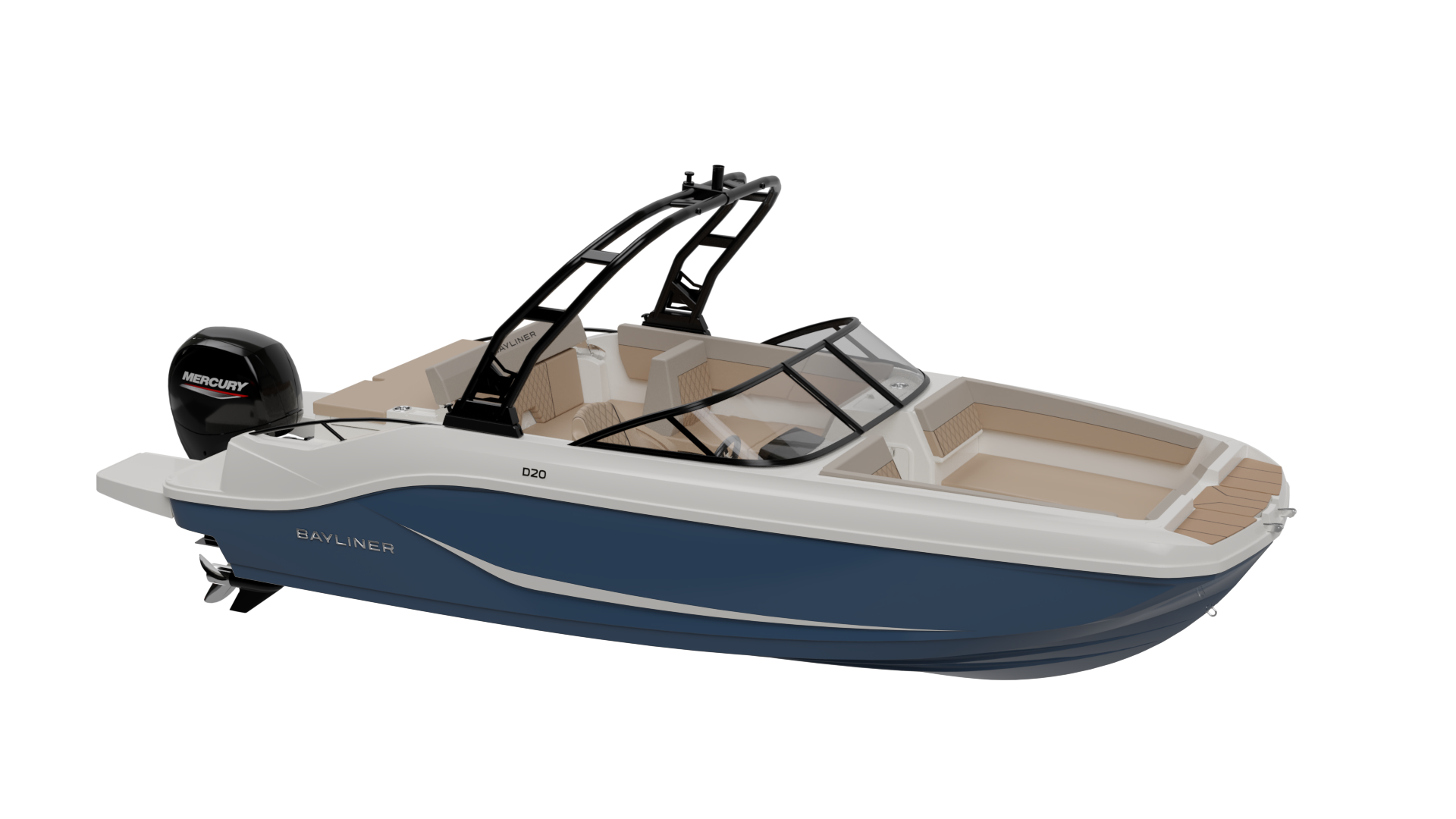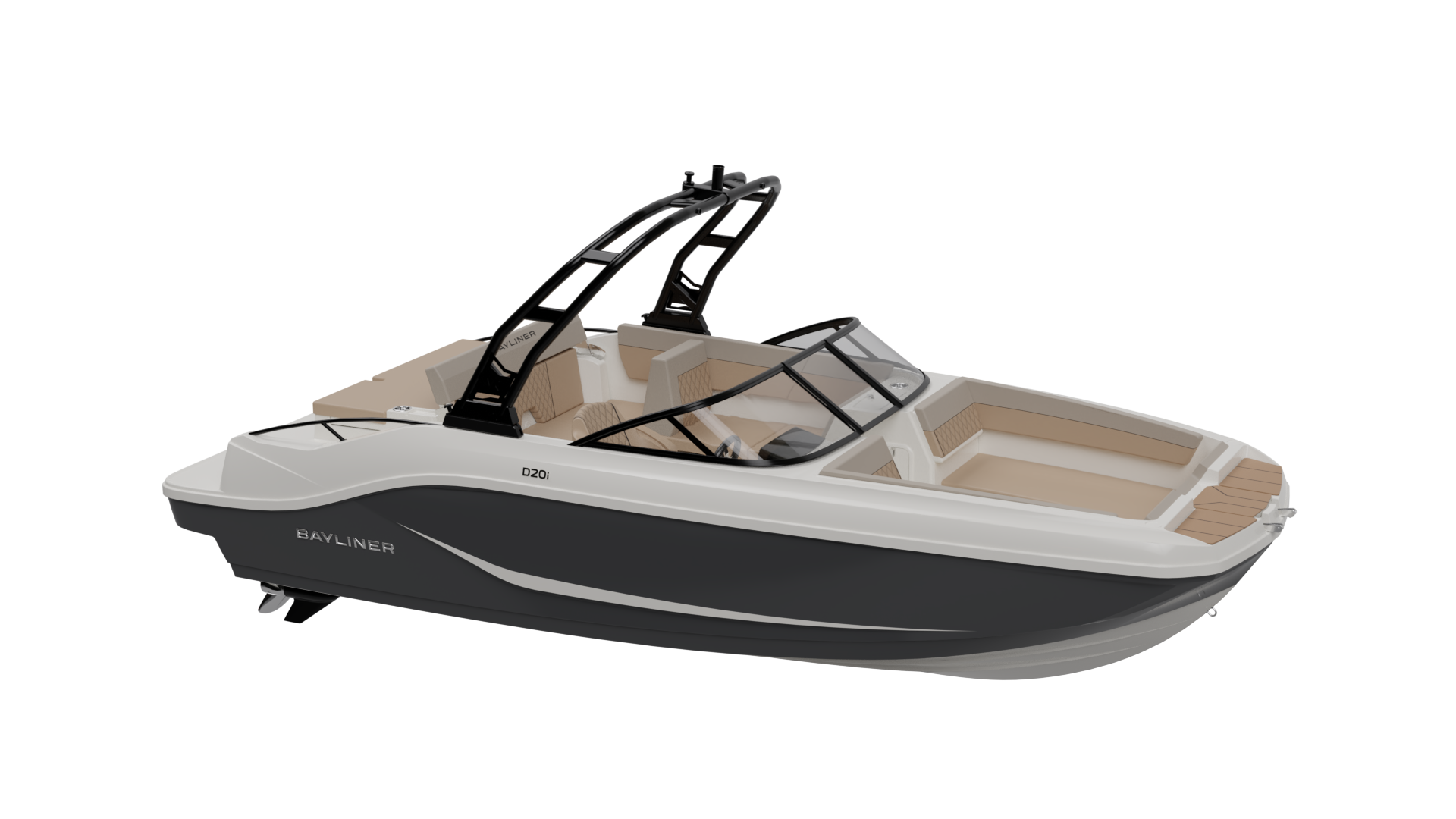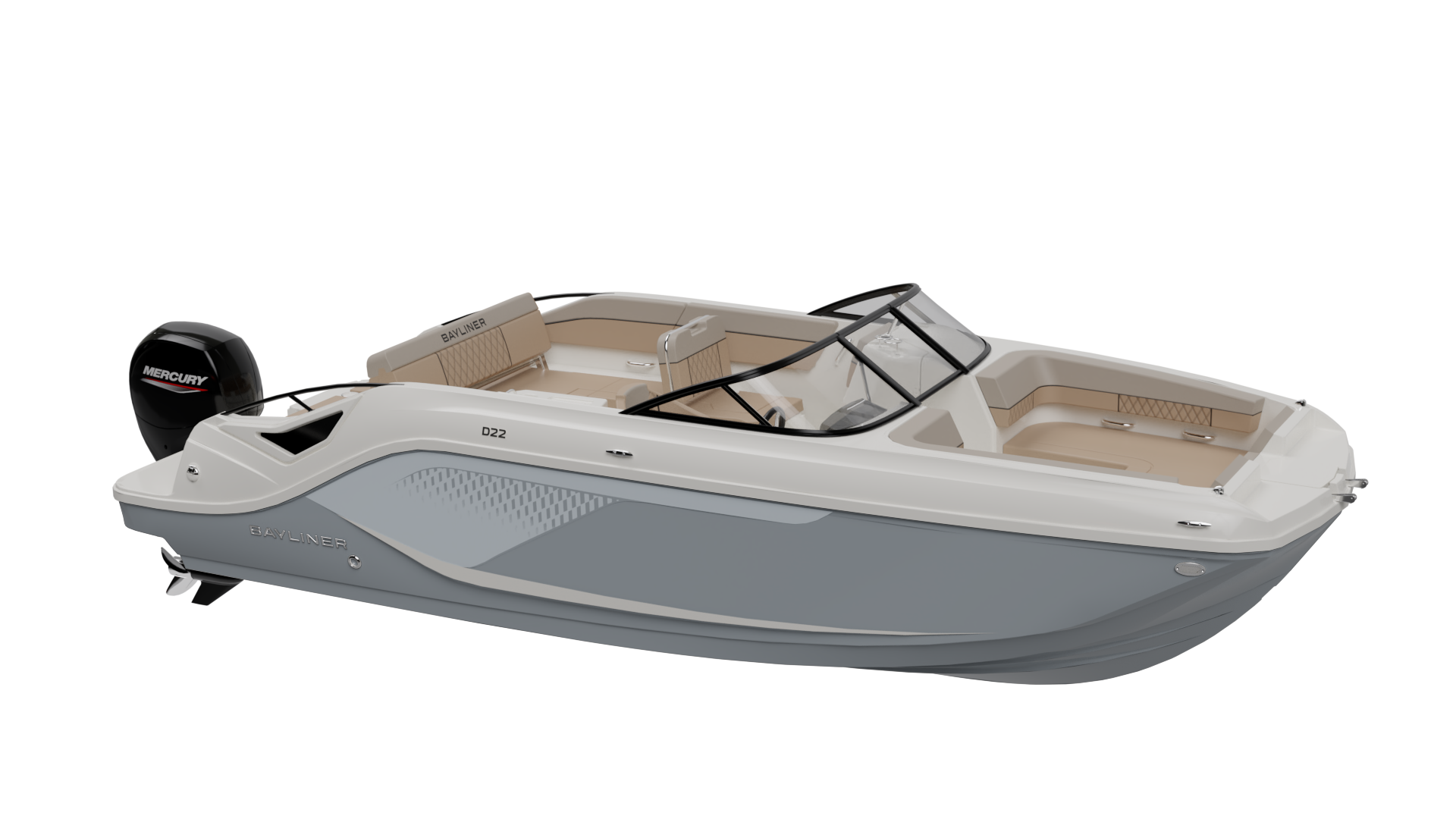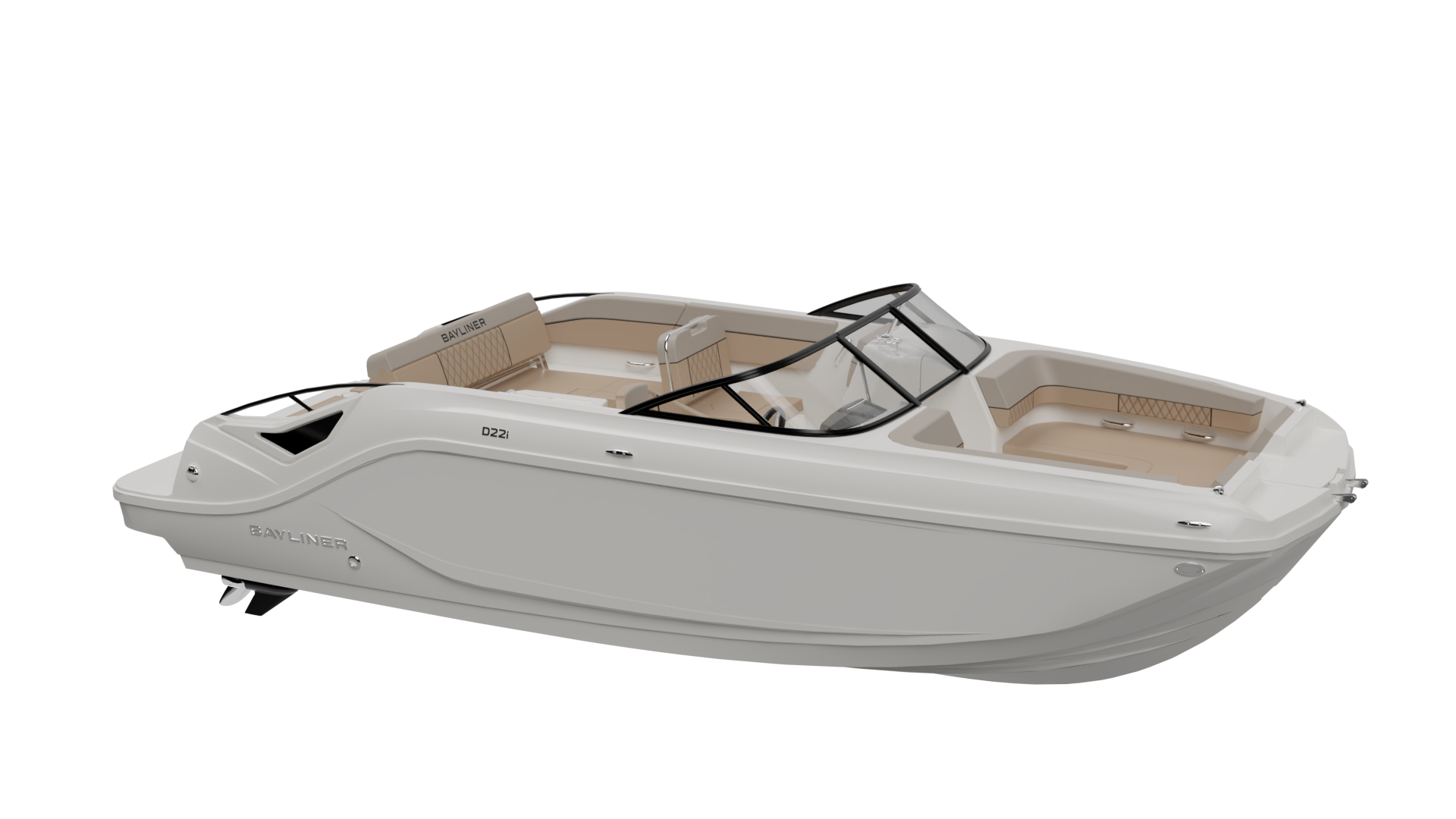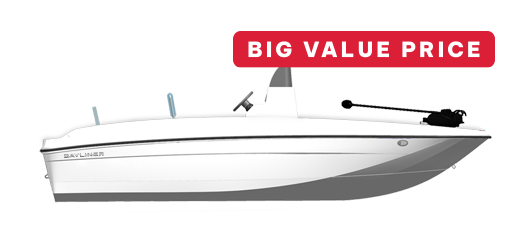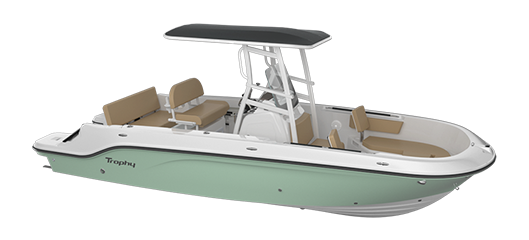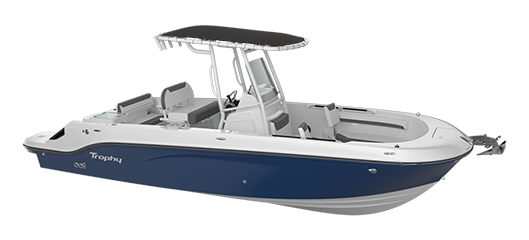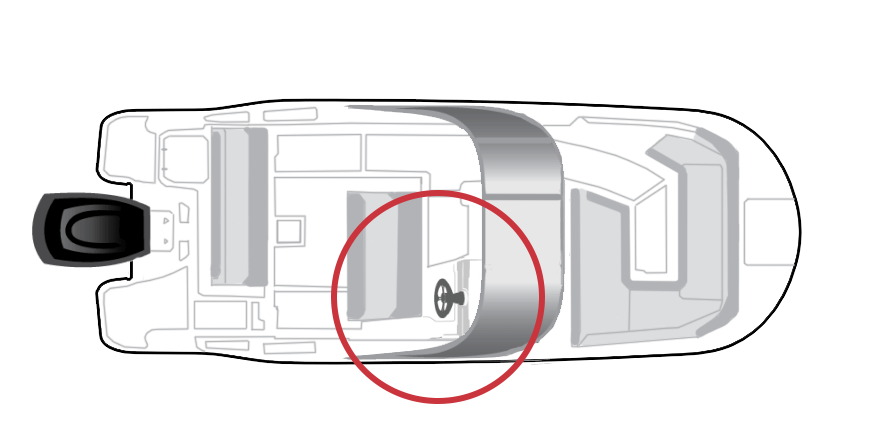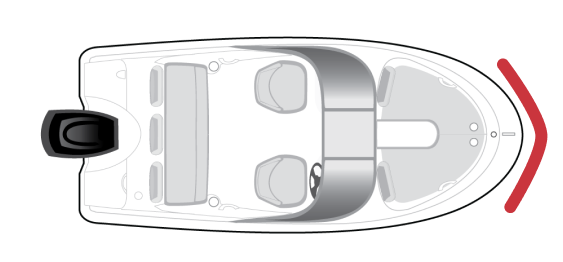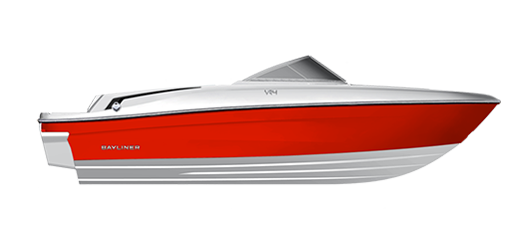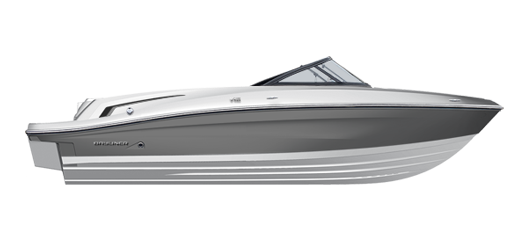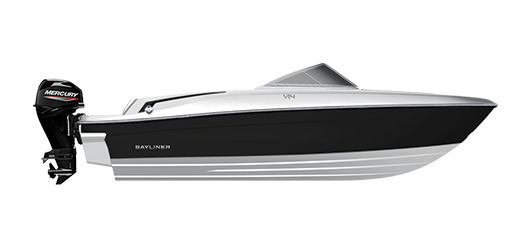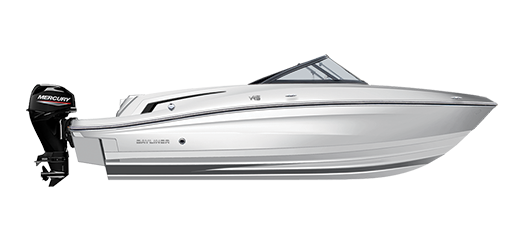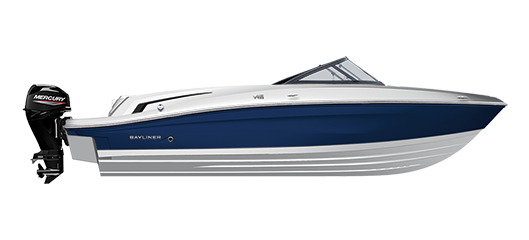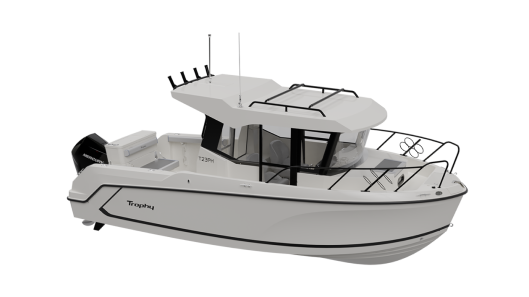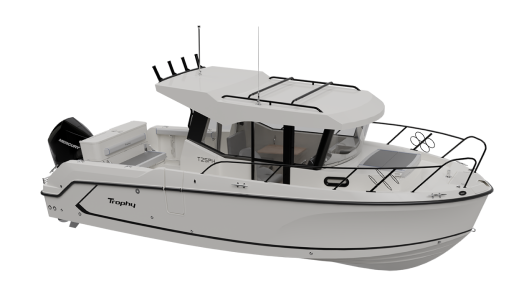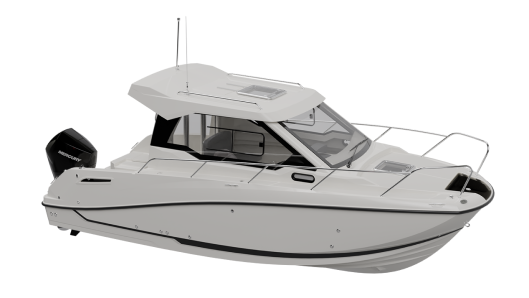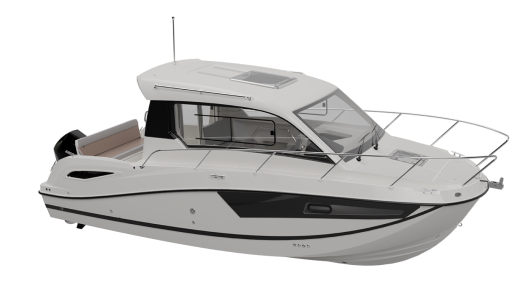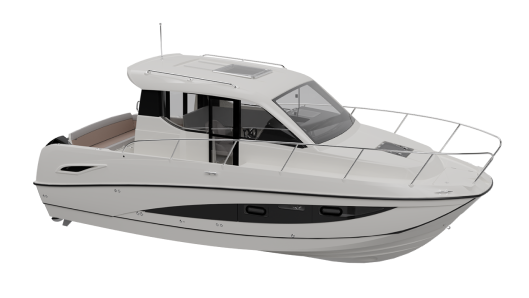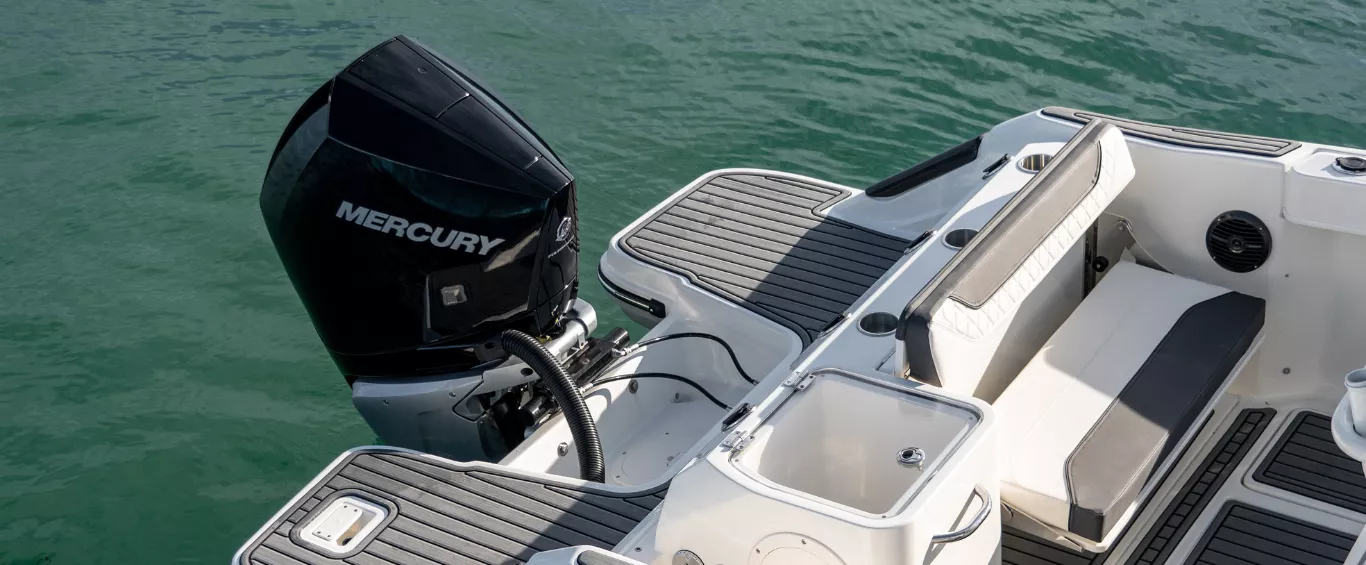
How to Flush Your Boat Engine
Learning how to flush your boat engine properly is one of the most important maintenance tasks a boat owner can do to protect their investment. While salt water can leave damaging crystals behind if this process is skipped, even freshwater bodies of water contain impurities that need flushing.
Different model Mercury outboard and MerCruiser sterndrive engines have vastly different procedures for fulfilling this important boat engine maintenance step so always consult your owner’s manual before flushing your engine for the first time.
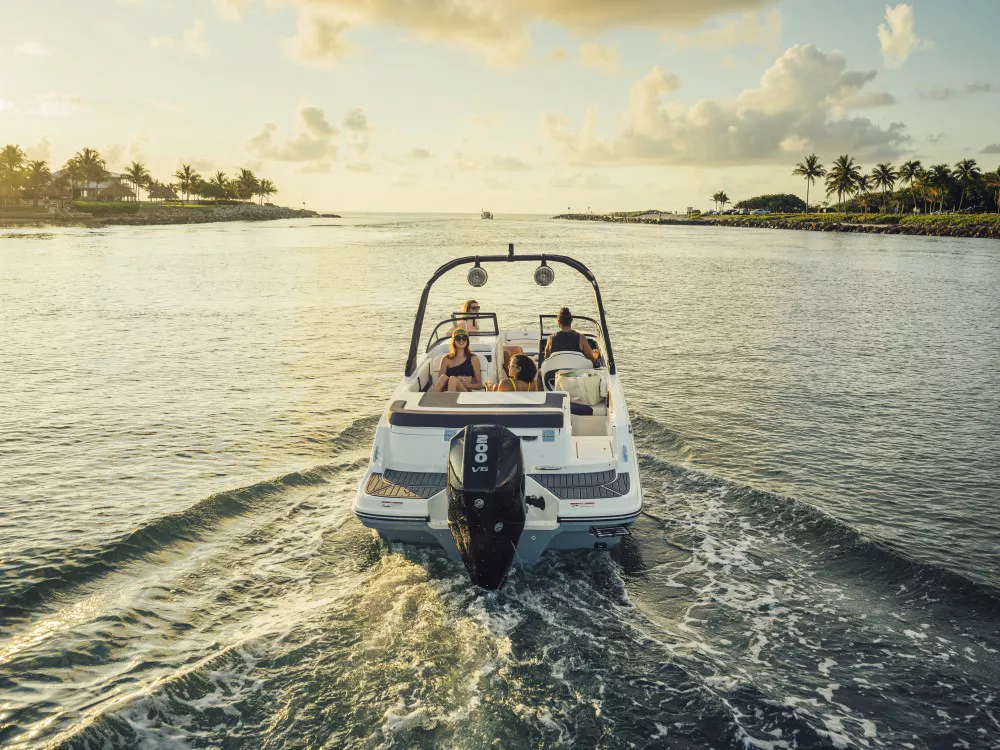
Mercury FourStroke Outboards From 75hp to 300hp
Mercury makes this outboard care procedure easy by including a flush port located on the port side (left) of the engine’s cowling. It’s important to note the engine is never turned on to perform this outboard motor maintenance task.
When done, turn the water off, detach the garden hose, reinstall the cap on the hose fitting, and twist it back onto the cowling.
?$H-2000-2000$&fit=constrain&fmt=webp-alpha)
Mercury 40hp to 50hp FourStroke Outboards
Learning how to flush an outboard engine of this size requires a different procedure than the one used for larger Mercury outboards. The main differences are the flush port on these models is located on the back of the engine’s cowling, the engine is run during the flush process and Mercury recommends taking the prop off anytime an engine is started out of the water for safety.
When done, stop the engine, remove the garden hose, and reinstall the prop.
?$H-2000-2000$&fit=constrain&fmt=webp-alpha)
MerCruiser Sterndrive Engines
Before flushing a 4.5L or 6.2L MerCruiser sterndrive engine, consult the owner’s manual, which can be found online. There are two ways to attach the water source: by using an “earmuff” attachment that fits over the intakes found on the lower unit or by ordering an optional flush kit from Quicksilver that has a built-in garden hose attachment.
Faithfully flushing your Bayliner’s engine each time after an outing will increase its longevity and will prevent damage from occurring due to internal corrosion caused by salt or impurities.
